By Graham Healy
The 1984 Giro d’Italia is considered to be one of the most controversial ever with allegations that race officials were doing their utmost throughout the race to ensure that victory would go to Francesco Moser rather than the French rider Laurent Fignon.
In 1984, Moser was coming towards the end of a glittering career, but had never managed to win his home Tour. He had finished in second place in 1977 and 1979 and third in 1978, but he struggled in the mountains. So in 1984, race organiser Vincenzo Torriani designed a less mountainous route than normal.
Moser took the first pink jersey of the race by winning the prologue at Lucca. However, Fignon’s Renault team won the next day’s stage, a 55-kilometre team time-trial to move the French rider into the lead.
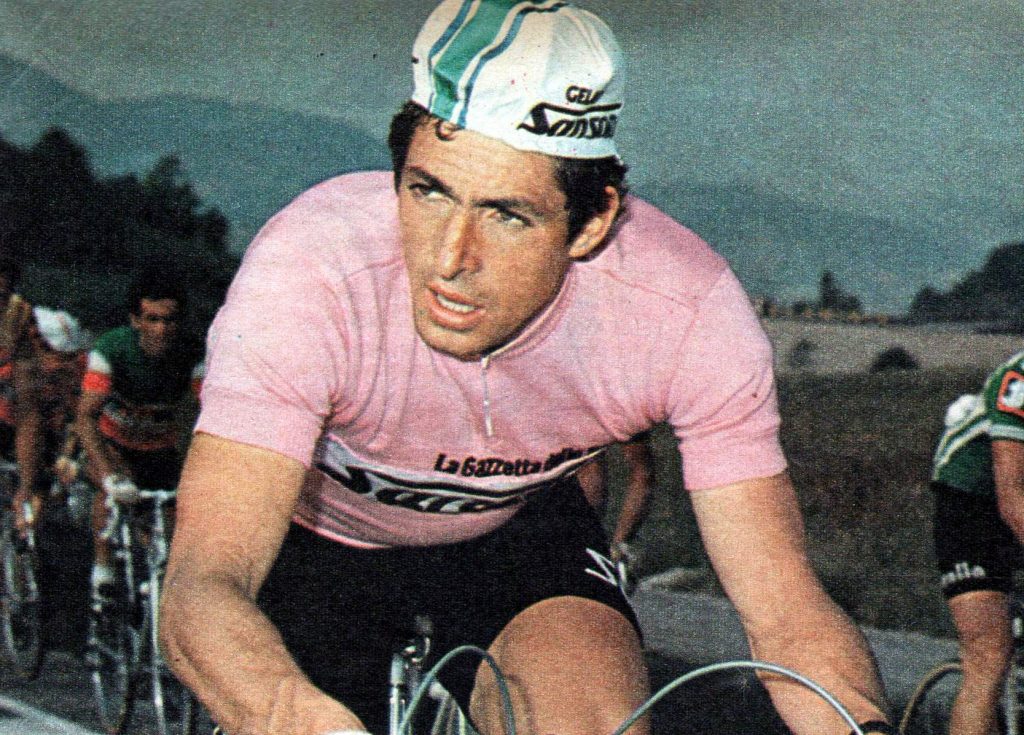
The Frenchman held on to pink until Stage 5 to Block Haus where Moser took over the lead again after Fignon had gotten the hunger knock on that final climb, losing ninety seconds to his rival.
Moser would hold on to the maglia rosa for the next two weeks but the real danger for the Italian were the last few days in the Alps.
Stage 19 finished on the climb of the Selva di Val Gardena, and Fignon broke clear of Moser and gained a decent gap. Unfortunately for Fignon though, he suffered a mechanical. Race officials wouldn’t allow his Renault team car to get up to the break and he couldn’t gain as much time as he hoped.
More frustrating incidents were to follow for the Frenchman. On the following day’s stage, Torriani removed the Stelvio fron the route citing a risk of snow and by some accounts, the epic climb was passable that day with no signs of snow. It was one less opportunity for Fignon to gain significant time on Moser.
The 20th stage took the riders from Selva di Val Gardena to Arabba and covered numerous climbs including Passo Pordoi, Passo Sella and Passo Campolongo.
According to Fignon in his autobiography ‘We Were Young And Carefree’, Moser received a lot of help from fans on the roadside. “Chains of tifosi had lined the cols to push him up. The referees helped as well by fining me twenty seconds for taking a feed outside the permitted area.”
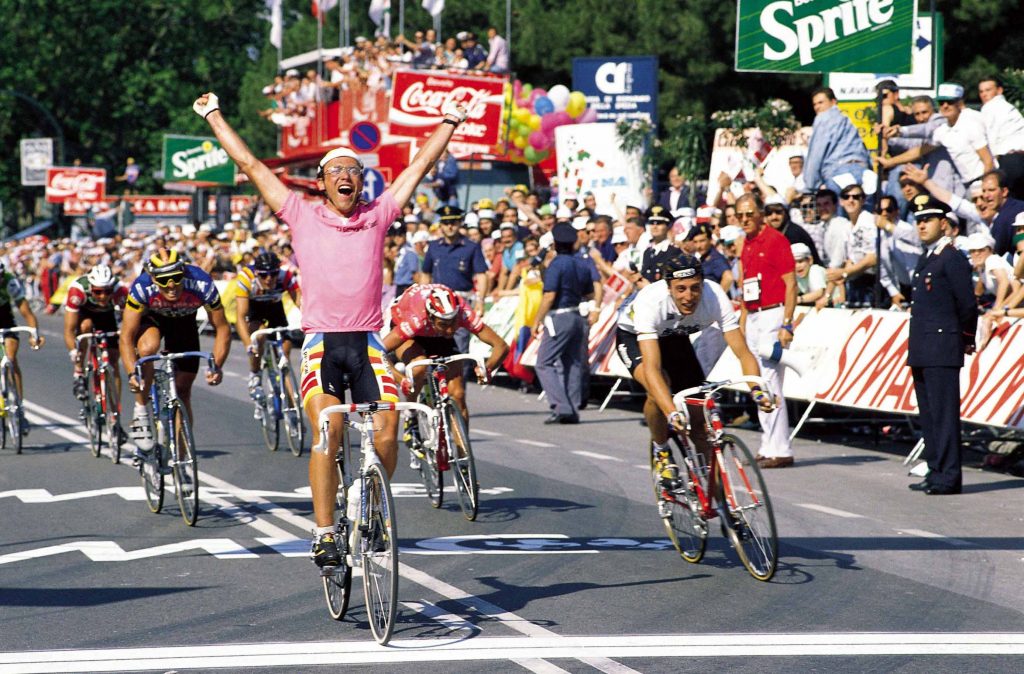
Going into the final stage, Fignon held a lead of 1’21” over Moser. That final stage consisted of a 42-kilometre time-trial from Soave to Verona. Moser was favourite having already won the prologue and Stage 15 which was a 38-kilometre time-trial from Certosa di Pavia to Milan.
Despite a puncture Francesco Moser easily beat Fignon to take the pink jersey. He won the stage by 2’24” to win the Giro by 1’03” from Fignon with Moreno Argentin a distant third, 4’26” behind.
However, it was later alleged that a helicopter had flown directly in front of Fignon during the time-trial creating a headwind, but behind Moser, creating a tailwind.
“They knew I was capable of winning the Giro and they made sure I lost,” Fignon later claimed. “They knew Moser couldn’t have followed me. He was being pushed all the time and he was never penalized. I got penalties. Everyone got penalties, but not him.”
It was to be Moser’s only Grand Tour win, but Fignon would return in 1989 to finally win the race.



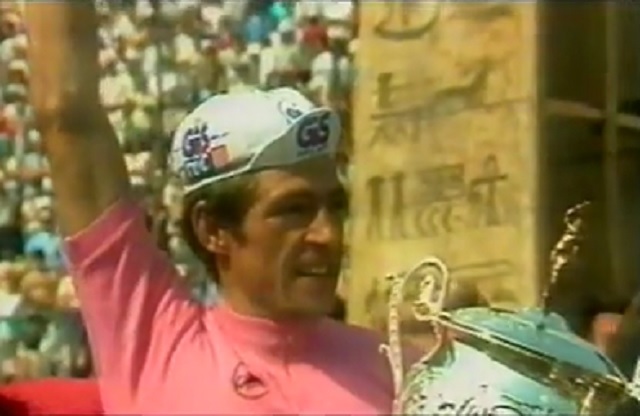



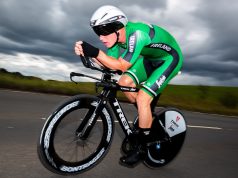
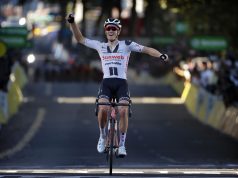
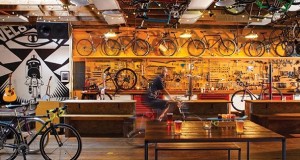
Not sure if to take Fignon’s word as truth. With his book he proved to be a mythomaniac.